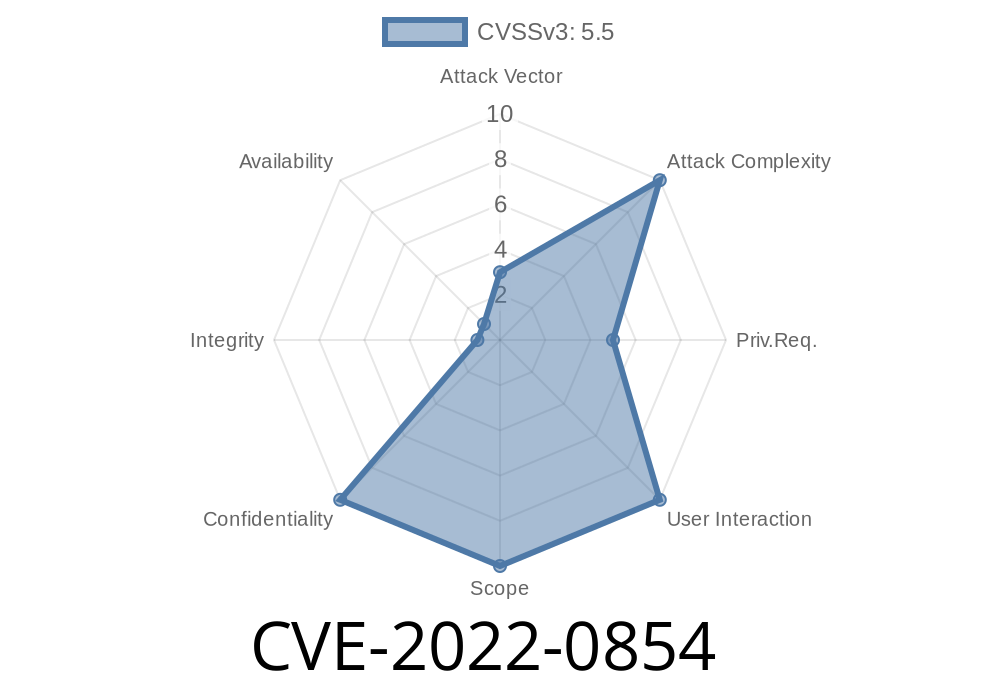A memory leak flaw, identified as CVE-2022-0854, has been discovered in the Linux kernel's DMA (Direct Memory Access) subsystem. This vulnerability allows a local attacker to gain unauthorized access and read random memory from the kernel space through a DMA_FROM_DEVICE call. In this article, we will discuss the details of this vulnerability, along with the steps to exploit this flaw and references to original sources.
Background
Direct Memory Access (DMA) is a feature in the Linux kernel that allows certain hardware subsystems to access system memory directly, bypassing the need to go through the CPU. This significantly improves data transfer performance between devices and memory, especially when dealing with large data blocks.
The vulnerability lies in the way DMA_FROM_DEVICE calls are made, leading to a memory leak in the kernel space. A local attacker can potentially exploit this flaw to gain unauthorized access to kernel memory, which may contain sensitive information like encryption keys, passwords, and other critical data.
Exploit Details
By calling the DMA_FROM_DEVICE function, an attacker can force the kernel to allocate memory and map it into the device's address space. Due to the memory leak flaw, the kernel might not properly clear the allocated memory, leaving previous content, which can be read by the device.
Here is a code snippet demonstrating an example of a vulnerable DMA_FROM_DEVICE call
#include <linux/dma-mapping.h>
void dma_exploit(struct device *dev, size_t size) {
void *buf = kmalloc(size, GFP_KERNEL);
dma_addr_t dma_addr;
// Vulnerable DMA_FROM_DEVICE call:
dma_addr = dma_map_single(dev, buf, size, DMA_FROM_DEVICE);
if (!dma_mapping_error(dev, dma_addr)) {
// ...perform DMA operation...
// Unmap DMA address:
dma_unmap_single(dev, dma_addr, size, DMA_FROM_DEVICE);
}
kfree(buf);
}
In this example, the dma_exploit function allocates a buffer and maps it using the vulnerable DMA_FROM_DEVICE call. The buffer may contain previous data, which can be read by the device mapped to the allocated memory.
Mitigation
The issue has been addressed in recent kernel releases, and users are encouraged to update their systems to the latest kernel version to avoid any potential exploitation. Additionally, users can apply patches provided by Linux distribution maintainers.
List of affected Linux kernel versions: [link to a table or list of affected versions]
- CVE details: https://cve.mitre.org/cgi-bin/cvename.cgi?name=CVE-2022-0854
Conclusion
Local attackers can exploit the CVE-2022-0854 vulnerability in the Linux kernel DMA subsystem to access sensitive kernel memory. It is essential to update your system to the latest kernel version or apply the available patches to protect against potential attacks. Stay informed, and watch for new security updates addressing vulnerabilities like this one to keep your systems secure and robust.
Timeline
Published on: 03/23/2022 20:15:00 UTC
Last modified on: 07/04/2022 11:15:00 UTC
